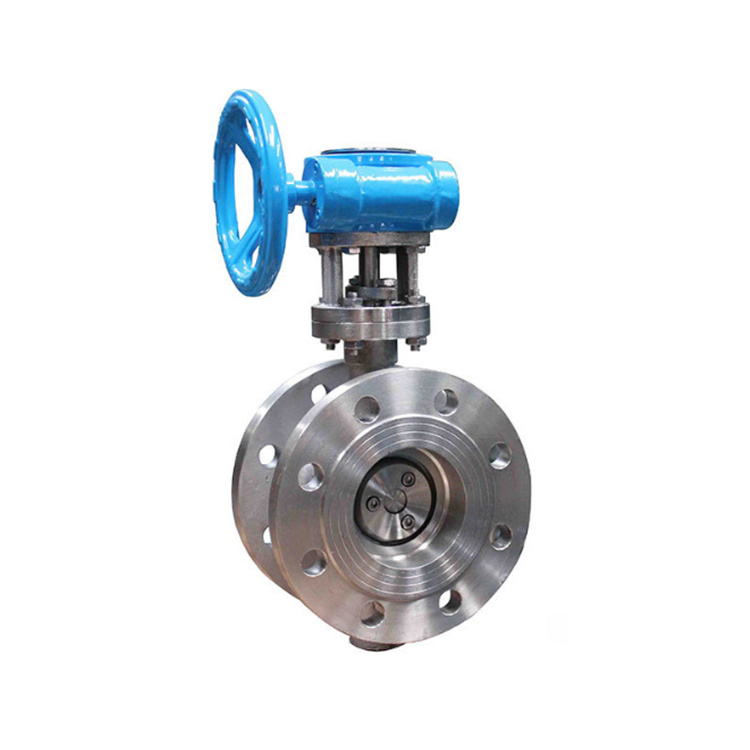 86-312-8695888
86-312-8695888
 86-13722963501
86-13722963501
 info@hbysindustry.com
info@hbysindustry.com
150mm Butterfly Valve Specifications and Applications in Industrial Settings
Understanding the 150mm Butterfly Valve A Key Component in Fluid Control Systems
In the landscape of industrial fluid mechanics, the butterfly valve stands out as a vital component. Specifically, the 150mm butterfly valve serves as an essential tool for regulating flow in pipelines and systems that handle a variety of fluids, including water, chemicals, and gases. This article delves into the significance, functioning, applications, and advantages of the 150mm butterfly valve, providing an in-depth understanding for engineers, operators, and enthusiasts alike.
Overview of Butterfly Valves
Butterfly valves are quarter-turn valves that control flow through the rotation of a disk-like element called a butterfly. When the valve is closed, the disk blocks the flow, and when it's open, the disk aligns parallel to the flow direction, allowing fluid to pass. The construction of these valves typically includes a body, a disk, and an actuator, with the choice of materials varying based on the application and the fluid being managed.
Specifications of the 150mm Butterfly Valve
The term 150mm refers to the nominal diameter of the valve, indicating that it is designed to fit in pipelines with a diameter of 150mm (approximately 6 inches). This size makes it suitable for moderate flow rates and pressures, commonly found in various industrial, commercial, and municipal applications.
Butterfly valves of this diameter are available in different materials such as cast iron, stainless steel, and PVC, allowing them to cater to a diverse range of environments. Depending on the specific design, they can be classified into various types, including resilient-seated, high-performance, and triple-offset butterfly valves, each tailored to meet specific operational needs.
Working Mechanism
The operation of a 150mm butterfly valve is straightforward. It primarily relies on the angular movement of its disk to achieve the desired flow control. When the actuator (manual lever, pneumatic, or electric) is engaged, it rotates the disk 90 degrees from fully closed to fully open position. The rapid operation and simple mechanics not only minimize friction losses but also grant users the advantage of quick shut-off capabilities.
150mm butterfly valve

This simplicity in design also means that the 150mm butterfly valve can be efficiently integrated into different types of control systems. It can function in both on/off and throttling applications, making it versatile for varied operational scenarios.
Applications
The applications of 150mm butterfly valves span various sectors. In water treatment plants, these valves are used to regulate water flow throughout treatment processes. In the HVAC industry, they control air flow in duct systems, ensuring efficient climate control. Additionally, they are employed in chemical processing plants to manage corrosive substances, where the choice of suitable materials becomes critical to prevent deterioration and ensure safety.
Moreover, these valves are widely used in the oil and gas sector for pipeline operations, where reliable flow control is paramount. Their presence in agricultural irrigation systems also demonstrates their adaptability and significance in multiple fields.
Advantages of the 150mm Butterfly Valve
One of the standout advantages of the 150mm butterfly valve is its lightweight design, which simplifies installation and reduces structural strain on pipeline systems. The compact size allows for ease of handling, and its efficient flow characteristics facilitate energy savings by minimizing pressure drops.
Furthermore, the cost-effectiveness of butterfly valves, coupled with their durability and low maintenance requirements, makes them an attractive choice for operators. The use of modern materials also enhances their lifespan, ensuring reliable performance even in challenging environments.
Conclusion
In summary, the 150mm butterfly valve is a crucial component in modern fluid control systems, offering efficient operation, versatility, and reliability across a range of applications. Understanding its mechanics, specifications, and advantages empowers operators and engineers to make informed decisions for their specific needs. As industries continue to evolve and move towards greater efficiency, the role of butterfly valves will undoubtedly remain significant—a testament to their enduring design and functionality in fluid management.
-
Why Choose a Brass Gate Valve for Superior Performance and DurabilityNewsMay.09,2025
-
Reliable Flow Control Begins with a High-Performance Flange Butterfly ValveNewsMay.09,2025
-
Reliable and Rugged: Why the Lug Type Butterfly Valve Is Dominating the MarketNewsMay.09,2025
-
Manual Gate Valve: A Comprehensive Look at Performance, Durability, and DesignNewsMay.09,2025
-
Engineered for Precision: Why the Stainless Ball Valve Sets a New StandardNewsMay.09,2025
-
Ductile Iron Valve: The Perfect Solution for Reliable Flow ControlNewsMay.09,2025
-
Compact Powerhouse: Why the Wafer Type Butterfly Valve Is an Industry FavoriteNewsMay.09,2025

